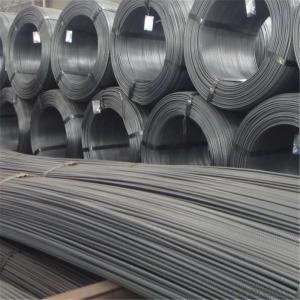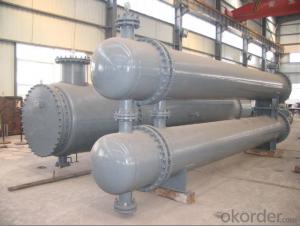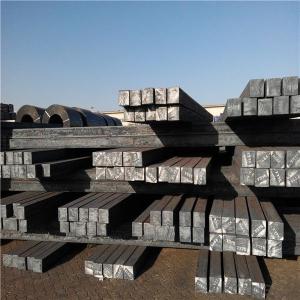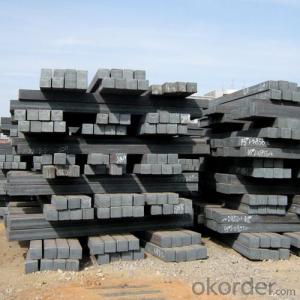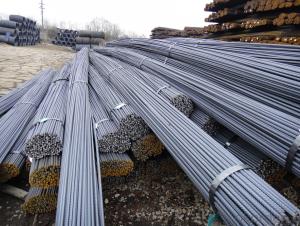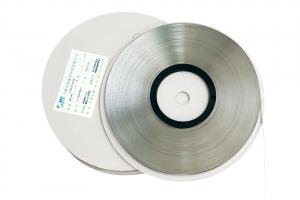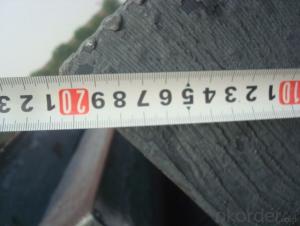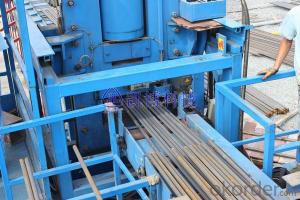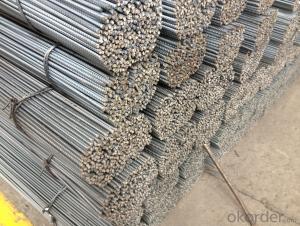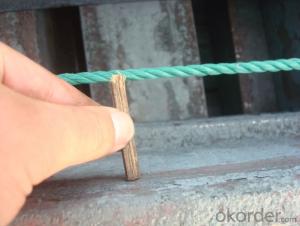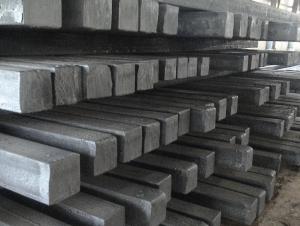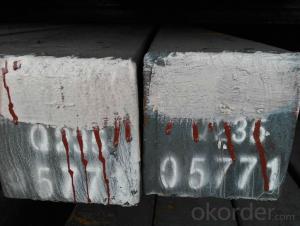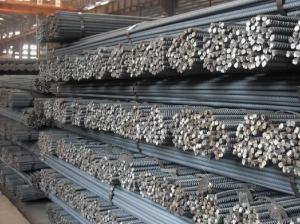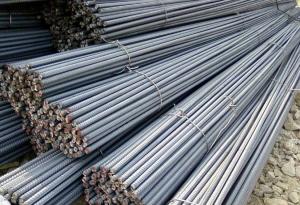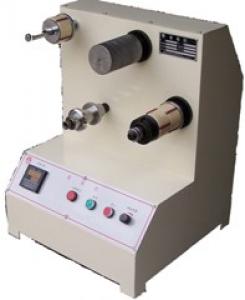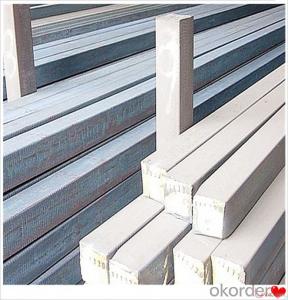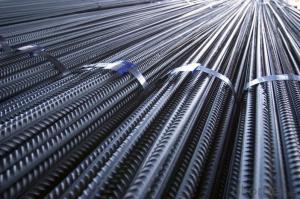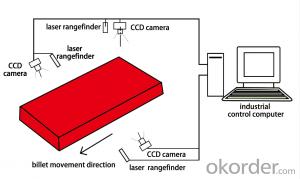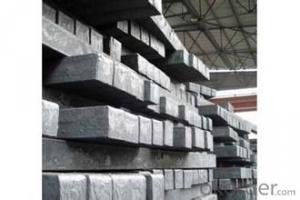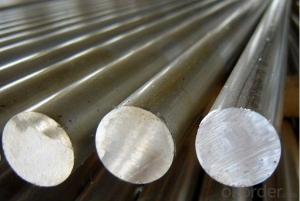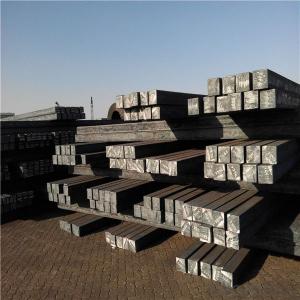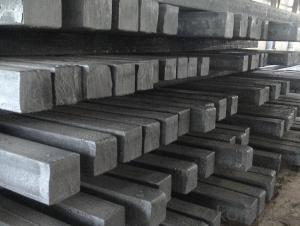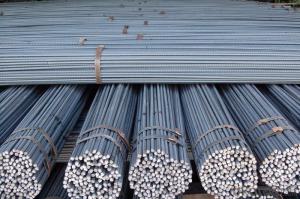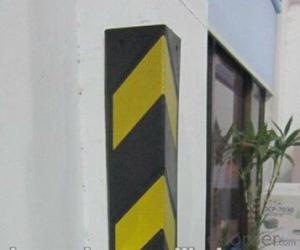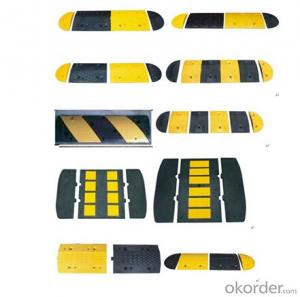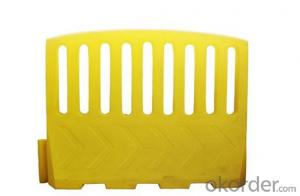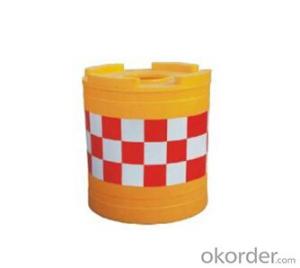Billet Rebar
Billet Rebar Related Searches
Billet Steel Rebar Frp Rebar Rebar Coil Re Bars Rebar Identification Rebar Stirrups Gfrp Rebar Rebar 10Mm Ss Rebar Blue Steel Rebar T10 Rebar Rebar Tensile Strength 18J Rebar When Was Rebar Invented 30M Rebar Rebar Lengths Standard Y16 Rebar Grade 80 Rebar Render Board Inhibitor Bar Dia Bars Car Bumper Bar Pe Tape Moving Tape Pipe Pipe Rear Bumper Beam Pallet Pusher Retractable Volleyball Net Tool Bag Fix A BumperBillet Rebar Supplier & Manufacturer from China
Billet Rebar, a type of steel reinforcement bar, is widely recognized for its superior strength and durability in construction projects. This high-quality product is made from billets, which are semi-finished steel products, and are further processed into rebar to meet specific industry standards. Billet Rebar is commonly used in various applications such as concrete reinforcement, bridge construction, and high-rise building projects, where its robustness and resistance to corrosion make it an ideal choice for ensuring structural integrity and longevity. As a wholesale supplier, Okorder.com boasts a vast inventory of Billet Rebar, catering to the needs of contractors, engineers, and construction companies across the globe. With a commitment to quality and customer satisfaction, Okorder.com ensures that the Billet Rebar they provide meets the highest industry standards, making it a reliable choice for any construction project.Hot Products




